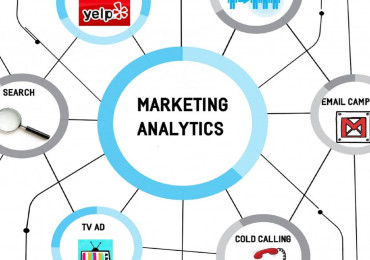
Micromarketing is a marketing strategy that targets a very small group of potential customers based on specific characteristics such as geography, age, income, or even specific interests and behaviors. Unlike mass marketing, which targets a broad customer base, micromarketing focuses on tailoring messages and offers to meet the needs and preferences of a specific market segment.
Characteristics of micromarketing:
1. Precise targeting: Focuses on a small group of customers with specific needs.
2. Personalized messaging: Marketing messages are designed to be perfectly relevant to the target customer.
3. Flexibility: Campaigns can be quickly modified according to changes in the needs of the market or target customers.
4. Cost-effective: It can be more cost-effective than mass marketing because it targets a smaller portion of the market.
5. Data-driven: It requires the collection and analysis of accurate data about the market and target audience.
Benefits of micromarketing:
1. Meeting specific needs: Companies can better meet the needs of a specific category of customers.
2. Increased loyalty: When customer needs are met precisely, it can lead to increased brand loyalty.
3. Marketing efficiency: Precise targeting can reduce the waste of marketing resources.
4. Increased engagement: Customers feel special when their personal needs are met.
Advantages of Micromarketing:
1. High Personalization: Products and services are designed to fit the needs of a small segment of customers.
2. Flexibility to Change: The ability to quickly adjust marketing strategies in response to changes in customer preferences.
3. Increased Profitability: By targeting customers who are most willing to buy, higher profits can be achieved.
Disadvantages of Micromarketing:
1. High Research Cost: Data collection and analysis requires significant investments.
2. Limited Market: The target market may be very small, limiting expansion potential.
3. Risk of Over-Personalization: Over-personalization can complicate operations and increase costs.
Modern Examples of Micromarketing:
1. Personalized Social Media Advertising: Using Facebook or Instagram to target ads to specific customers based on their interests or locations.
2. Local Promotions: Offering discounts or special offers to customers in a specific geographic area.
3. Personalized Emails: Sending emails with special offers based on a customer’s past purchase history.
Micromarketing is an effective tool for businesses looking to target a specific market segment with highly personalized and targeted marketing messages. Despite its many benefits in increasing engagement and loyalty, it requires a significant investment in research and data collection, and faces challenges in reaching a broad customer base.

18/08/2024

18/08/2024

20/08/2024

01/09/2024

23/08/2024

12/06/2024

17/08/2024

18/08/2024

30/08/2024

16/08/2024

18/08/2024

25/08/2024

01/09/2024

22/08/2024

26/08/2024

30/08/2024

30/08/2024

20/08/2024

14/08/2024

30/08/2024